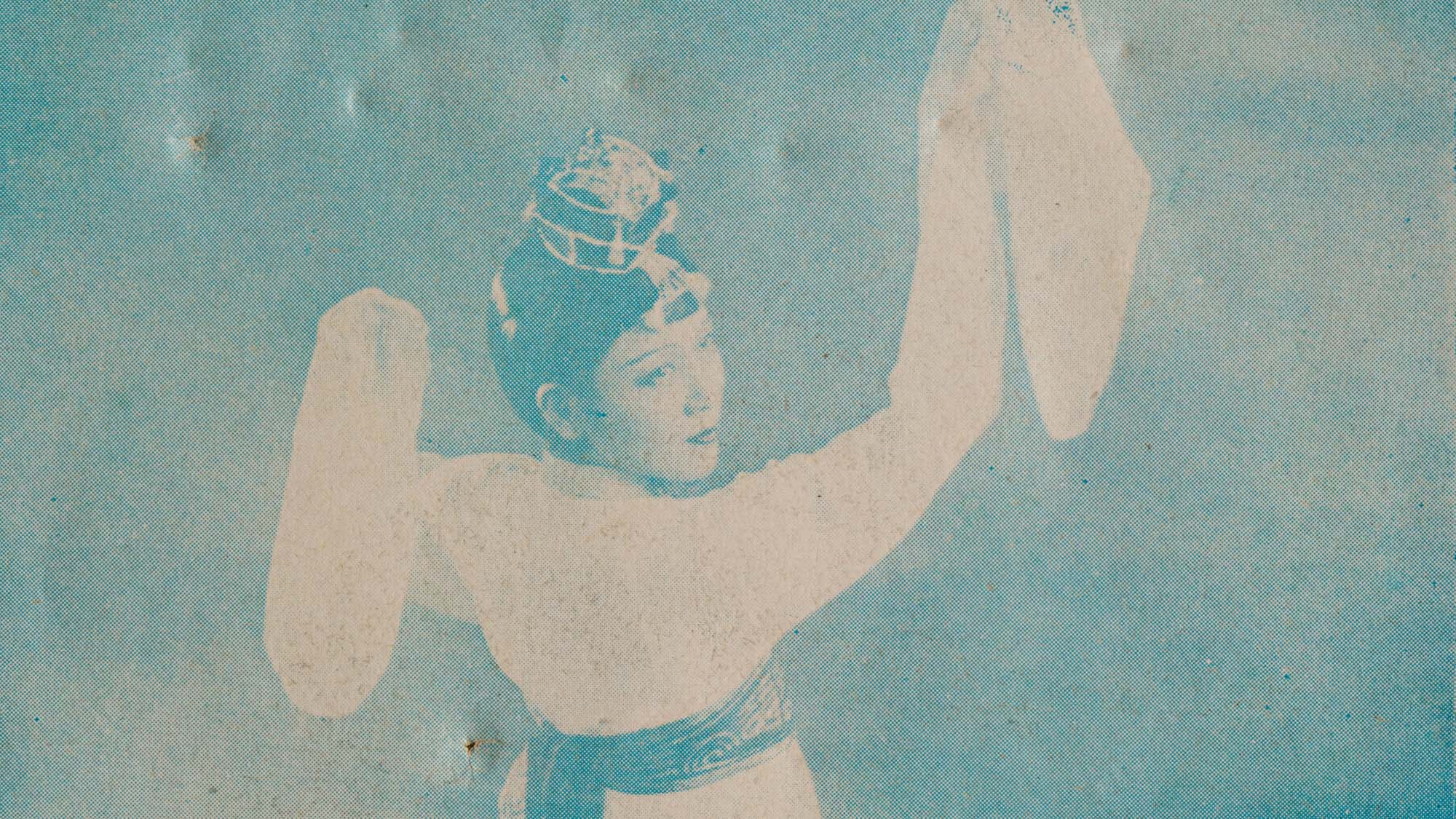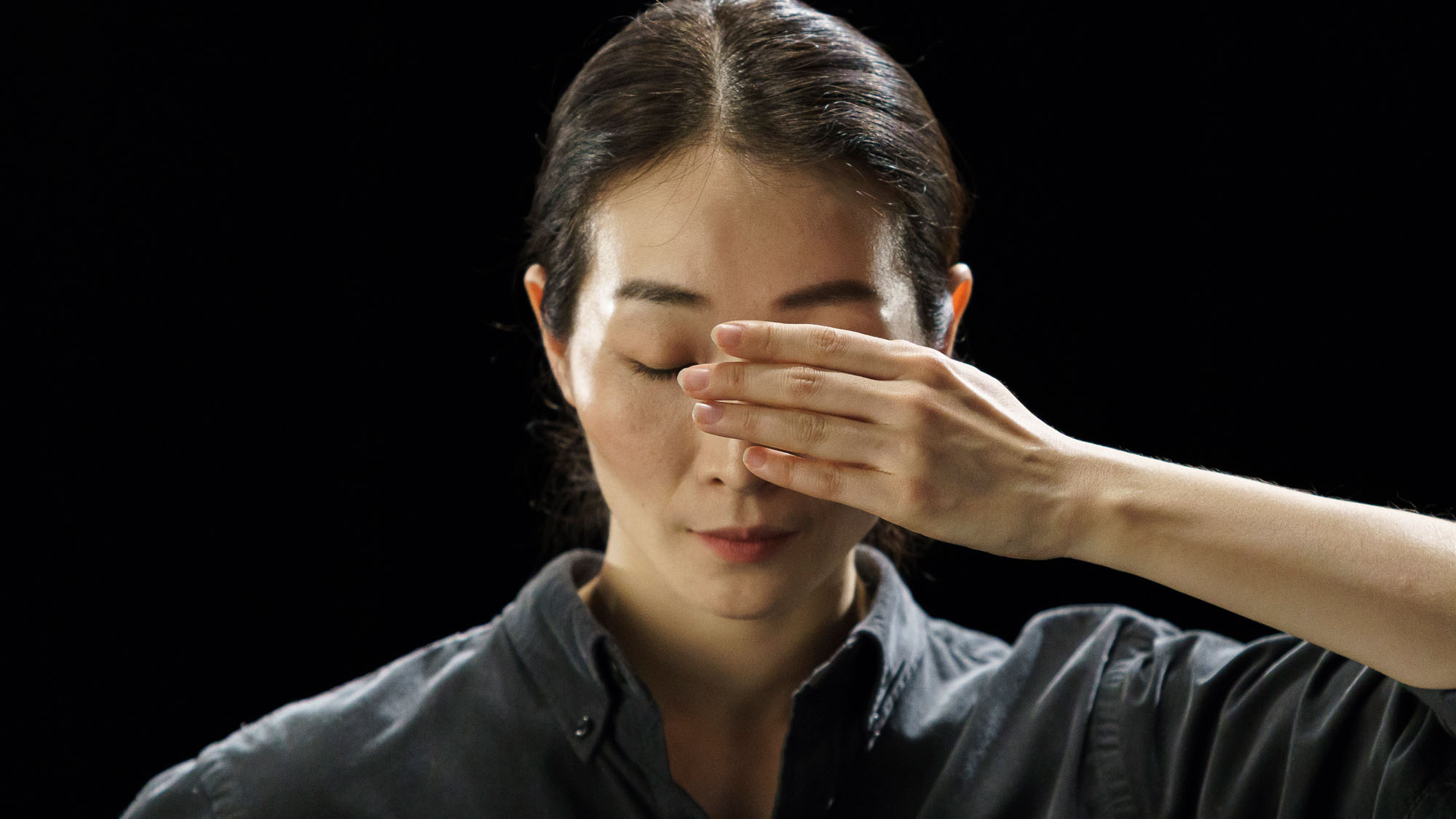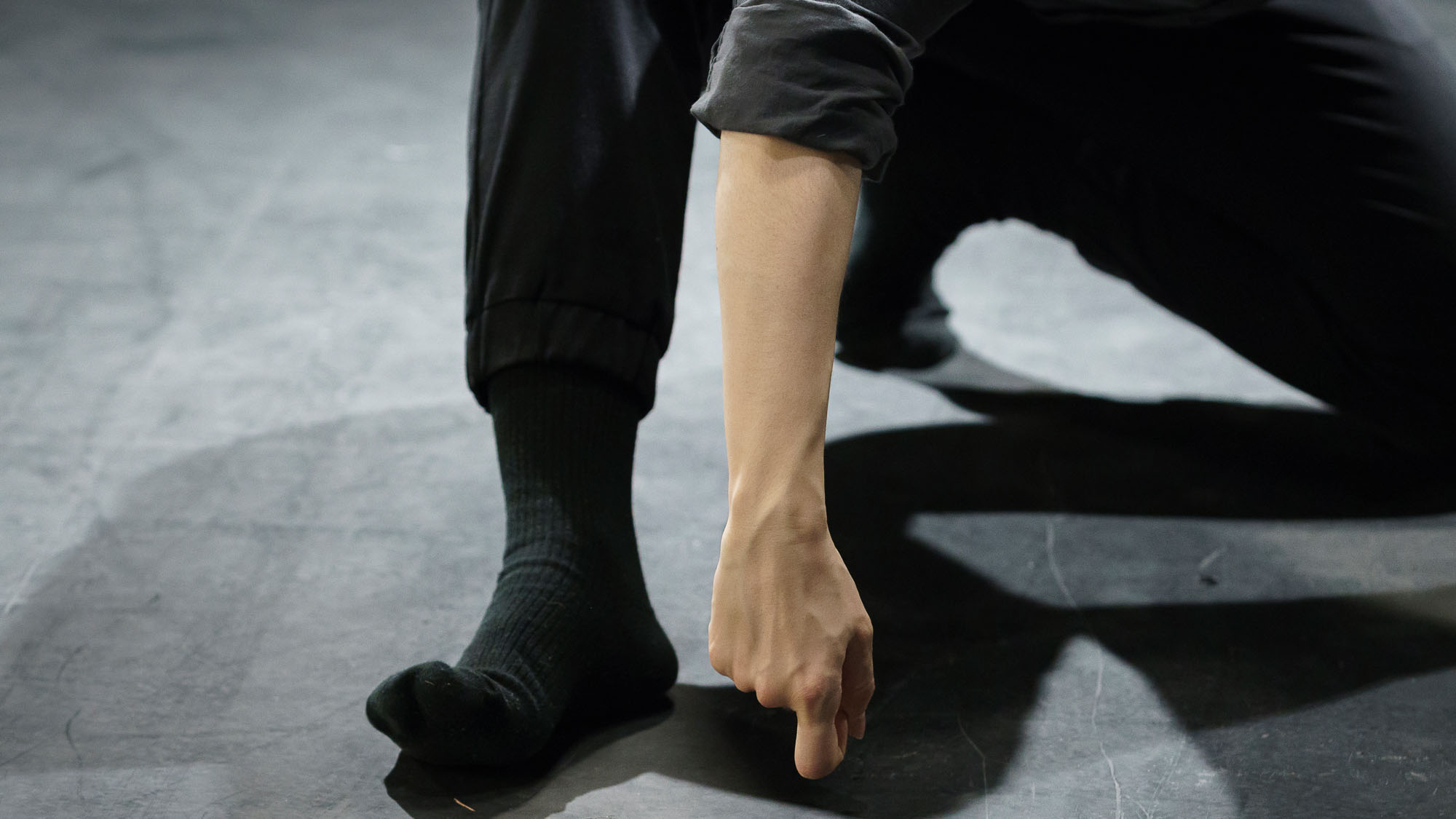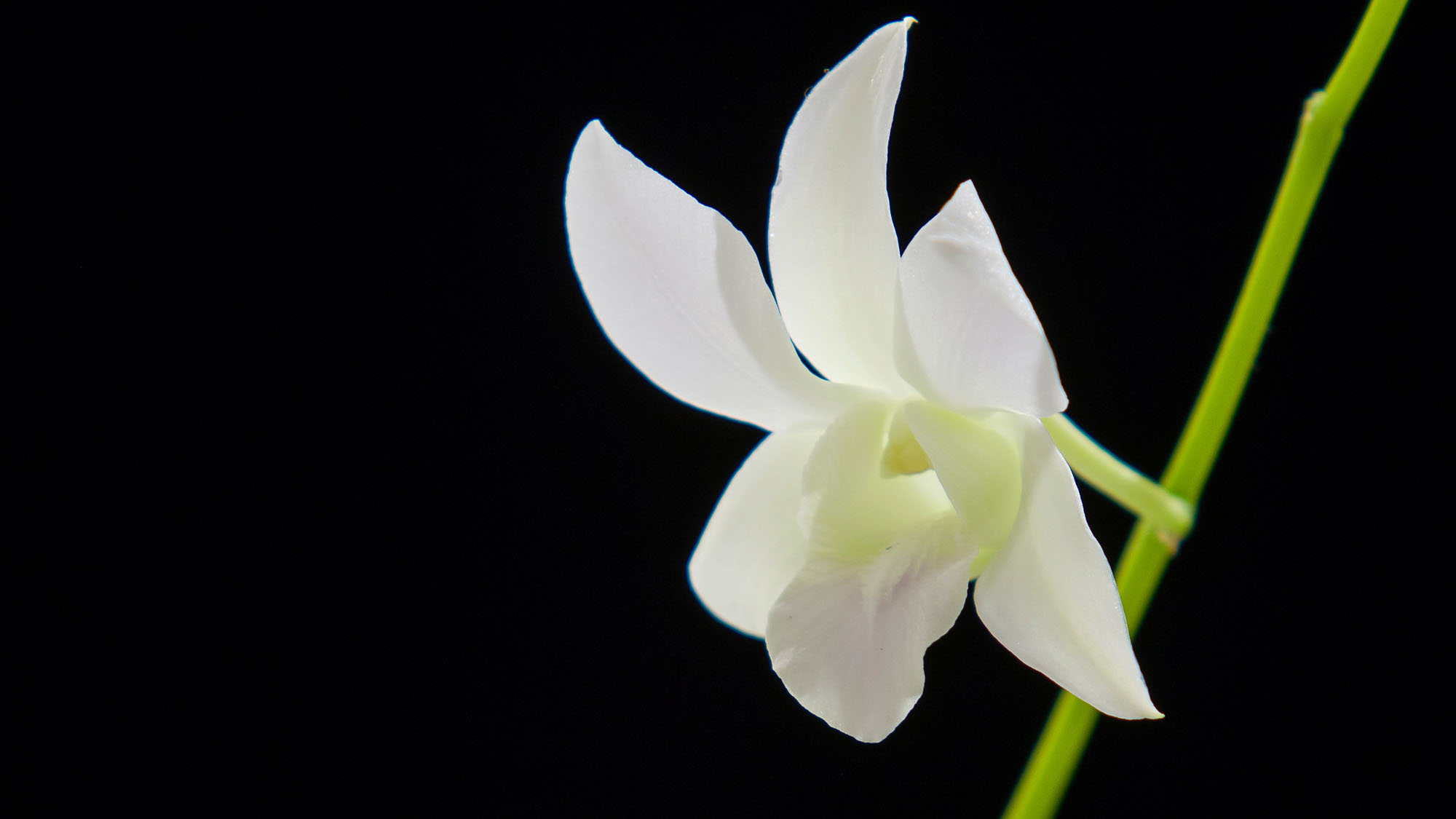|
Hwayeon Nam, Dancer from the Peninsula, 2019
Multi-channel video installation, dimensions variable
Hwayeon Nam, A Garden in Italy, 2019, Mixed-media installation, dimensions variable
First, to learn and present the existing tradition, such as seung-moo (Buddhist dance). Second, to imagine and newly produce, informed by clues from past legends—for instance, working with the theme of Joseon Dynasty days and working around the concepts of their good-for-nothing leisurely men (hanryang), straw-hatted child (choripdong), the totem pole of the Great General (cheonhadaejanggun). Third, to choreograph the Eastern and the Asian, such as the notion of bodhisattva. Such are my three plans.
—“Choi Seung-hee and Women Celebrity Dialogues,” Choonchoo, March edition, 1941 In previous works such as Orbital Studies, Imjingawa, and A Garden in Italy, Hwayeon Nam investigated the methodologies of how movement conveys the various facets of an object by investigating it via archives. Her new work, Dancer from the Peninsula, focuses on the history of dancer Choi Seung-hee (1911–1969), specifically the period after 1941 when she defected to North Korea, and how her art mirrors the trajectory of her own life and that of the mid twentieth century. After touring around Europe, North America, and Latin America, Choi declared her ambition to invent a uniquely modern East Asian dance, one that transcended the boundaries of Joseon (Korea). Japan initiated the Pacific War in December 1941, the year that Choi returned to Korea and it was during this period that she performed for Japanese soldiers in China as a part of their morale-boosting campaign. At the same time she announced new works inspired by classical Japanese musical drama noh (能) and Japanese court dance bugaku (舞楽). Living mostly in China during the war, she stressed the importance of modernizing Peking opera and the need to establish a new modern East Asian dance. Bridging these complex cultural positions, she had many names: not only was she Joseon’s Choi Seung-hee and Japan’s Sai Shoki (the Japanese pronunciation of Choi Seung-hee), she was also an internationally acclaimed dancer. During these tumultuous times, she witnessed the independence of Korea and the collapse of Japan in Beijing; in 1946, Choi defected to North Korea. The works that Choi Seung-hee produced after 1941 remain the cornerstone of her legacy, forming the basis for both the creation of East Asian dance and what later developed into North Korean dance-drama. The context of this period complicates Choi Seunghee’s legacy, but Dancer from the Peninsula does not focus on the conditions surrounding her life or judge her as a person. Rather, it focuses on her art and her research at the time, exploring the process through a framework of outside forces, aspirations as an artist, individual will to survive, and multiple bodies that have split in the collision of two contrasting timeframes—both the imminent tomorrow and the remote future that her ideals were headed toward. It also presents the trajectory of her life as the contour of an abstract and contradictory space that she dreamt of and ran toward, but could never reach. Is it possible for Choi Seung-hee to yet again be mobilized, not as an historical figure, but as an artistic force, not as the narrated past, but refracted through an ontology of the present? |

Hwayeon Nam, Dancer from the Peninsula, 2019, multi-channel video installation, dimensions variable.
© Hwayeon Nam Photo: GIM IKHYUN. Jinyangjo, taken from Choi Seung-hee, Autobiography of Choi Seung-hee (Seoul: Imundang, 1937). Courtesy: Hongcheon-gun    
Hwayeon Nam, Dancer from the Peninsula, 2019, multi-channel video installation, dimensions variable.
© Hwayeon Nam |
|
|
Hwayeon Nam
Born in 1979, Hwayeon Nam lives and works in Seoul, South Korea. Nam has worked on choreographic movements through archive materials, capturing the various phenomena surrounding social systems, time, and space. She is also interested in rethinking the structures of cultural reproduction related to human desires, delving into the stories contained in artifacts, the history of colonial annexations, and the advent of the natural sciences, especially astronomy, flora, and fauna. With a focus on performance and video, her work lies in the linguistic performativity of questioning contemporary values and temporal notions of the present. Nam’s solo exhibitions include Imjingawa (Audio Visual Pavilion, Seoul, 2017) and Time Mechanics (Arko Art Center, Seoul, 2015). She has participated in group exhibitions Reenacting History (MMCA, Gwacheon, 2017), wellknown unknown (Kukje Gallery, Seoul, 2016), All the World’s Future (56th International Art Exhibition of La Biennale di Venezia, 2015), and Nouvelle Vague (Palais de Tokyo, Paris, 2015). Her performances include Orbital Studies (MMCA, Seoul, 2018), Dimensions Variable (Festival Bo:m, Seoul, 2013), and A Garden in Italy (Festival Bo:m, 2012). |
Credit
|
Hwayeon Nam, Dancer from the Peninsula, 2019, multi-channel video installation, dimensions variable
|
Hwayeon Nam, A Garden in Italy, 2019, mixed-media installation, dimensions variable |
|
Producer
Ho Kyoung-Yun
Cinematographer
Park Hong Yeol
Musical Director
Jowall
Choreographer
Kim Jae Lee
Editor
Morceau J. Woo
Performer
Son Na Ye
Singer
Park Minhee
Researcher (Japan)
Ma Jung-Yeon
Researcher (China)
Hong Myungkyo
Photographer
GIM IKHYUN
Prop Making
Kang MinJi
Flower
Ochawon (Oh Youme)
Coordinator
Sung Sang hyun
|
Film Staff
Park Tobias, Bae In Gyu, Shin Ki Chun, Lee Min Gyu, Kim Hyun Woo
Gaffer
Son Chang Young
Lighting Staff
Kang Hyun Woo, Kim Chan Woo, Nam Gi Hoon
Grip Staff
Son Man Gon, Choi Doo Young, Lee Chan Woo
DI Supervisor
Lee Eunsong
Technical Adviser
Kim Kyoungho
Japanese Research Assistant
Ju Yeji
Script Translation
Yu Jiwon
Script Editing
Robert Liles
Korean–Chinese Translation
Hong Myungkyo, Kim Gyeong Yeon
Korean–Japanese Translation
Ma Jung-Yeon, Ju Yeji
Korean–French Translation
Park Jeongsun
|
Chinese Voice
Kim Hee Sun, Kim Hyun, Huan Zhang
Japanese Voice
Mai Inaba, Lee Sunghwa, Opechi
French Voice
Marley Lilly, Lyon Collinse
Thanks to
Choi Seunghee Memorial Association; Foundation of Inter-Korea Cooperation; Gallery Focus; Ha Jungwoong Collection; Hongcheon-gun; National Museum of Modern and Contemporary Art, Korea; SUH TAESIK; Yeongam Ha Jungwoong Museum of Art, Ha Jungwoong Collection
Support
Arts Council Korea; Maeil Dairies Co., Ltd.
Commissioner
The Korean Pavilion at the 58th International Art Exhibition of La Biennale di Venezia (Curator Hyunjin Kim)
|
Sound Source
Choi Seung-hee, A Garden in Italy, 1936
Producer
Ho Kyoung-Yun
Coordinator
Sung Sang hyun
Communications
Eun Jeong Kim
Photographer
Davide Giacometti
Technical Adviser
Kim Kyoungho
Architecture
Choon Choi Architects (CCA): Choon Choi, Yunha Choi, Chloe Hong, Grace Moon
Gardening
Nonsoloverde: Francesco Scalari, Technical Director; Riccado Tagliaferri, Landscape Architect
Support
Arts Council Korea, Maeil Dairies Co.,Ltd.
Commissioner
The Korean Pavilion at the 58th International Art Exhibition of La Biennale di Venezia (Curator Hyunjin Kim)
|